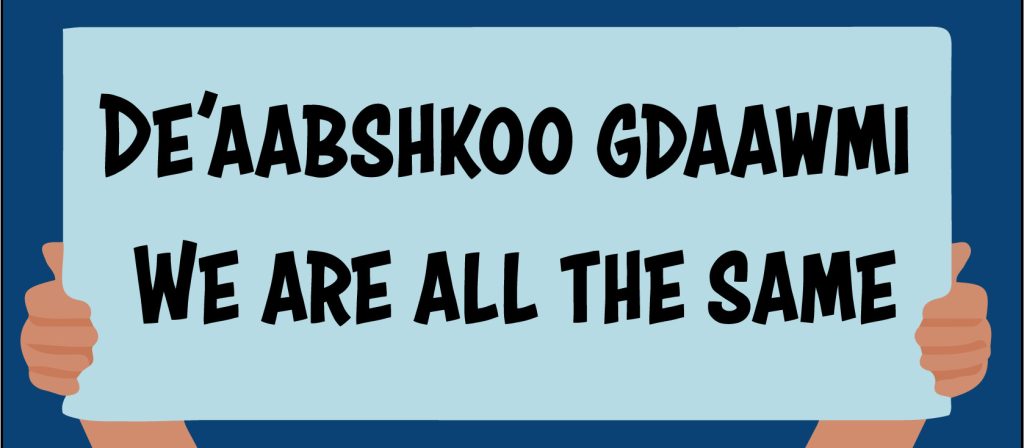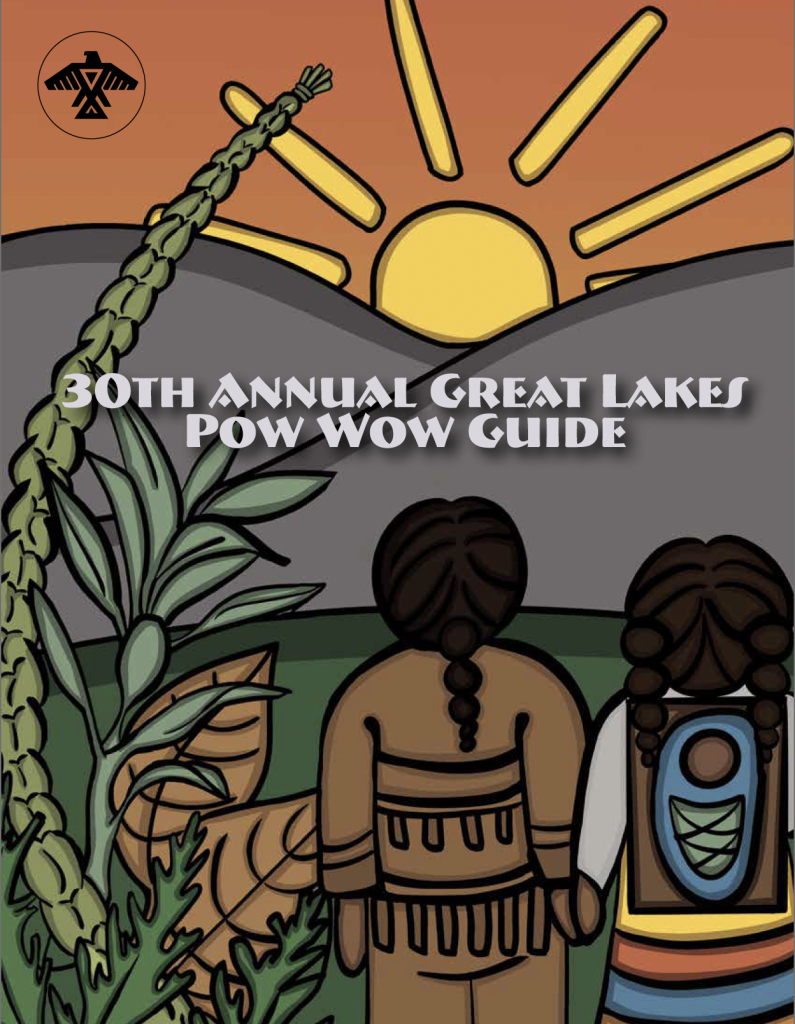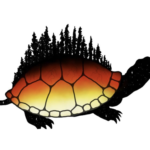The Anishinabek Nation is committed to supporting public education and awareness on the impacts of Indigenous racism. Education tools, made with First Nations, support a culturally-responsive, strength based, and trauma-informed approach that will help all Canadian citizens understand their own obligations to speak up and act. This project is in line with the release of the June 2015 Truth and Reconciliation Commission Final Report in which recommendation 57 calls upon the federal, provincial, and territorial governments to:
- Provide education to public servants on the history of Aboriginal peoples, including the history and legacy of residential schools, the United Nations Declaration on the Rights of Indigenous Peoples, Treaties and Aboriginal rights, Indigenous law, and Aboriginal–Crown relations. This will require skills-based training in intercultural competency, conflict resolution, human rights, and anti-racism. In addition, recommendation 62 calls upon the federal, provincial, and territorial governments, in consultation and collaboration with Survivors, Aboriginal peoples, and educators, to:
- Make age-appropriate curriculum on residential schools, Treaties, and Aboriginal peoples’ historical and contemporary contributions to Canada a mandatory education requirement for Kindergarten to Grade 12 students;
- Provide the necessary funding to post-secondary institutions to educate teachers on how to integrate Indigenous knowledge and teaching methods into classrooms.
The Anishinabek Nation has developed an online module for the public that will build capacity to recognize and act to prevent occurrence of Indigenous racism. Areas for potential expansion include exploring Indigenous identity, racism in the classroom, racism in sports, and engaging in dialogue for all Ontarians to fight racism against Indigenous people.
The target population of the project is public education including Indigenous and non-Indigenous peoples of all ages. The online format is publicly available. This will be a new project that builds on the expertise and curriculum expectations from the Gdoo-Sastamoo Kii Mi Secondary School resource kit.
Indigenous racism
Indigenous racism is the ongoing race-based discrimination, negative stereotyping, and injustice experienced by Indigenous Peoples within Canada. It includes ideas and practices that establish, maintain and perpetuate power imbalances, systemic barriers, and inequitable outcomes that stem from the legacy of colonial policies and practices in Canada.
Systemic Indigenous racism is evident in discriminatory federal policies such as the Indian Act and the Indian Residential School system. It is also manifest in the over-representation of Indigenous peoples in provincial criminal justice and child welfare systems, as well as inequitable outcomes in education, well-being, and health. Individual lived-experiences of Indigenous racism can be seen in the rise in acts of hostility and violence directed at Indigenous people. (Ontario Government, Data Standards for the Identification and Monitoring of Systemic Racism: Glossary | Ontario.ca)
Big Ideas
- The United Nations Declaration on the Rights of Indigenous Peoples (UNDRIP) is clearly linked to Indigenous Racism.
- The UNDRIP outlines what needs to be recognized and areas that need to be worked on. Many of these are linked to Indigenous Racism.
- Indigenous Racism has been alive for many years and affects every Indigenous person in Canada.
- Indigenous Racism has and is affecting Indigenous people to this day.
- Indigenous Racism affects the spiritual, mental, physical and emotional heath of Indigenous people on a daily basis.
Action:
Watch the following videos:




